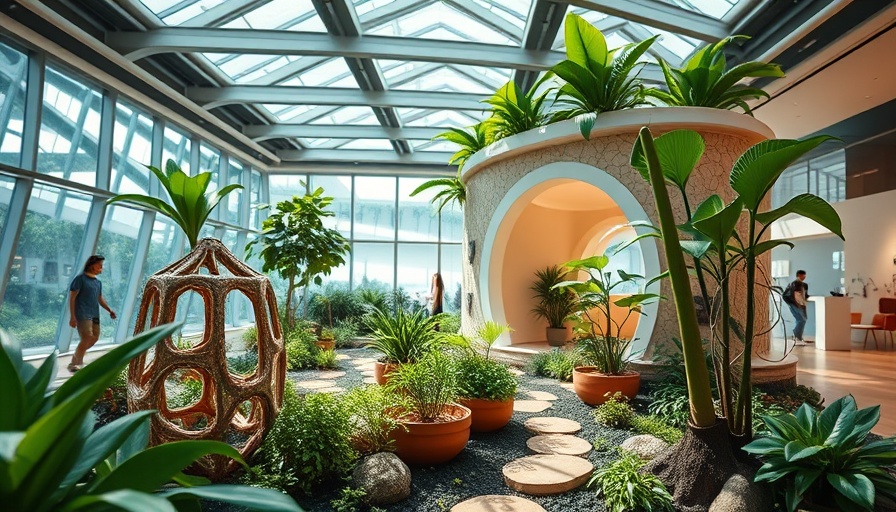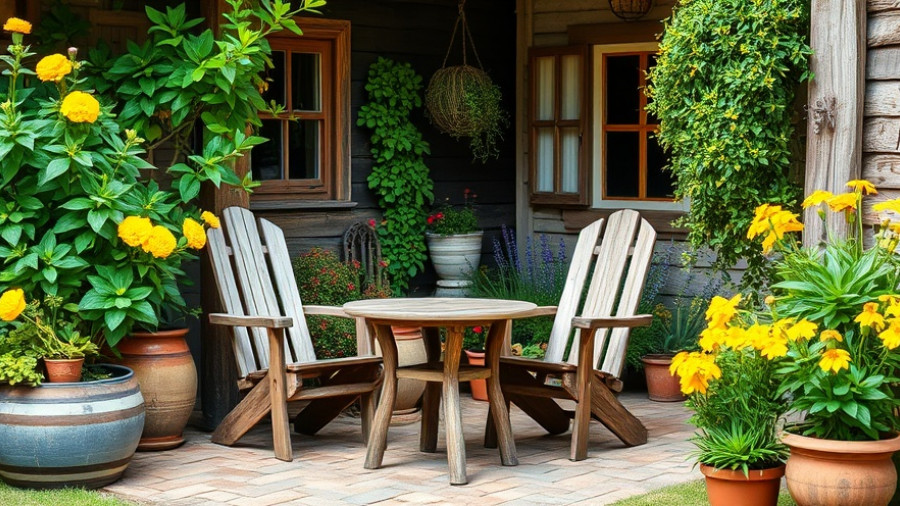
How 3D Printing Is Redefining Sustainable Living
In recent years, the world has witnessed an extraordinary transformation in the way we approach production and sustainability. The implications of 3D printing extend far beyond the realms of creating toys or industry prototypes; it’s evolved into a powerful tool to foster environmental change. By reimagining how we create and sustain our living spaces and ecosystems, 3D printing is set to play a critical role in reshaping our world for the better. For homeowners and eco-conscious individuals, understanding the impact of 3D printing projects can inspire innovative solutions to age-old problems.
In 3D Printing Is Changing The World, the discussion dives into groundbreaking projects that showcase the environmental benefits of 3D printing, paving the way for us to analyze its impact further.
Exploring Groundbreaking 3D Printing Projects Across Europe
The recent video, 3D Printing Is Changing The World, takes us on a captivating journey across Europe, showcasing pioneering initiatives that utilize 3D printing to create sustainable habitats for both people and wildlife. In Paris, the artist Raphael Amin is transforming urban landscapes into stunning insect hotels. These aren’t your regular bug hotels; instead, they resemble miniature skyscrapers crafted with intricate details that mimic natural structures. These artistic creations not only provide safe spaces for endangered pollinators but also promote biodiversity within our cities.
Urban Ecosystems on the Rise in Rotterdam
While Paris showcases the art of integrating nature into architecture, the city of Rotterdam is focused on revitalizing urban spaces through ecological innovation. Urban Reef, a groundbreaking project, emphasizes the coexistence of nature and urban living. Utilizing 3D printed structures intentionally designed with textures that promote vegetation growth, they have developed mini-ecosystems that flourishingly coexist with city life. These reefs create habitats for numerous species within a mere six months, transforming gray concrete jungles into green sanctuaries.
Cleaning Our Air with 3D Printed Solutions in Barcelona
In Barcelona, the beauty of design meets function with Lamachina’s spectacular 3D printed sculptures that serve as effective air purifiers. Made from natural materials, these sculptures absorb harmful pollutants, turning them into harmless solids. With the ability to perform the same purification work as four trees within a year, the creations have extensive applications, from public spaces to home interiors. For homeowners eager to improve air quality, incorporating such innovations could vastly enhance their living environments while positively impacting the planet.
Global Impact: From Sydney to Italy
The ripple effect of 3D printing for sustainable living isn’t confined to Europe. In Sydney, living sea walls are creating dynamic marine habitats that mimic natural reefs while protecting coastlines. With these innovative panels, marine life can thrive rather than struggle against traditional concrete barriers that often harm ecosystems.
Meanwhile, Italy’s Wasp project has taken sustainable housing to new heights by creating homes entirely from local earth. Constructed in just 200 hours and utilizing minimal energy, these dome-shaped residences address the urgent housing crisis while preserving the environment. For homeowners, investing in sustainable practices—especially those that minimize waste and energy consumption—could herald a new era of eco-friendly living.
Transform Your Home and Community with 3D Printing
Understanding the potential of 3D printing can empower homeowners to take proactive steps toward enhancing both their living spaces and the broader community. With options ranging from eco-friendly home designs to urban greening projects, the possibilities are endless. By integrating these innovative practices into your home, you can not only create a healthier environment for yourself but also contribute to a larger movement aimed at sustainability.
Conclusion: Leading the Way to Sustainable Living
By embracing the advancements offered by 3D printing, we can pave the way for a sustainable future that protects our planet and nourishes its inhabitants. The projects highlighted—ranging from Parisian insect hotels to Italian earth homes—are testament to human creativity and innovation in addressing pressing environmental concerns. Whether you’re a homeowner looking to make your space more sustainable or an advocate for eco-friendliness, the insights shared here encourage all of us to think globally while acting locally.
If you’re intrigued by the impact of 3D printing on sustainable living, consider exploring how such innovative practices can be implemented in your own life. Let’s work together to create a healthier, greener world for generations to come.
 Add Row
Add Row  Add
Add 



Write A Comment